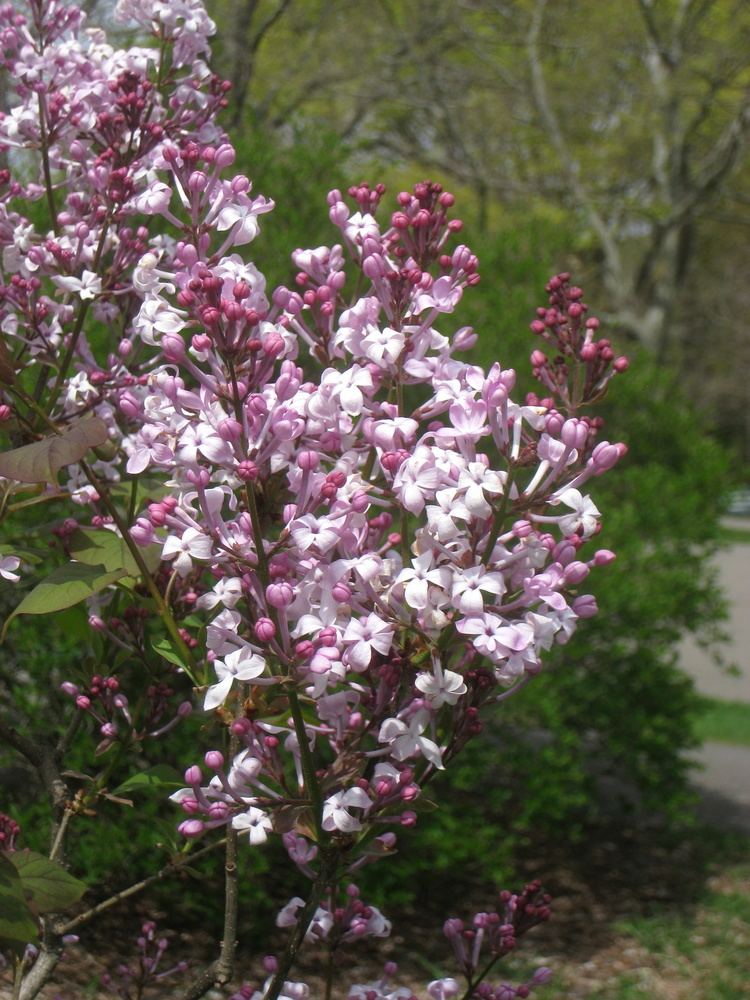Rank Species | ||
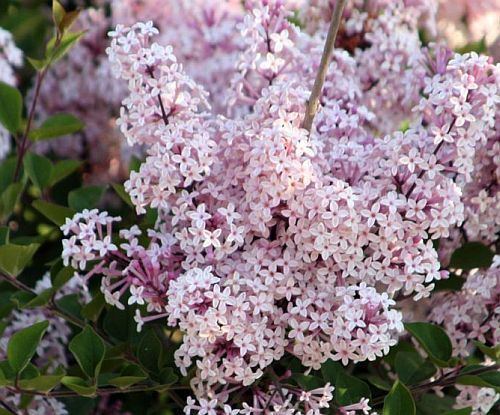 | ||
Similar Syringa pubescens, Syringa komarowii, Syringa villosa, Syringa pinnatifolia, Syringa reticulata | ||
Early lilac tree seed syringa oblata shrub seeds on www myseeds co
Syringa oblata is a species in the genus Syringa, in the family Oleaceae. It is also known as early blooming lilac or broadleaf lilac.
Contents
- Early lilac tree seed syringa oblata shrub seeds on www myseeds co
- Description
- Habitat
- Distribution
- Cultivation
- Subspecies
- Etymology
- References
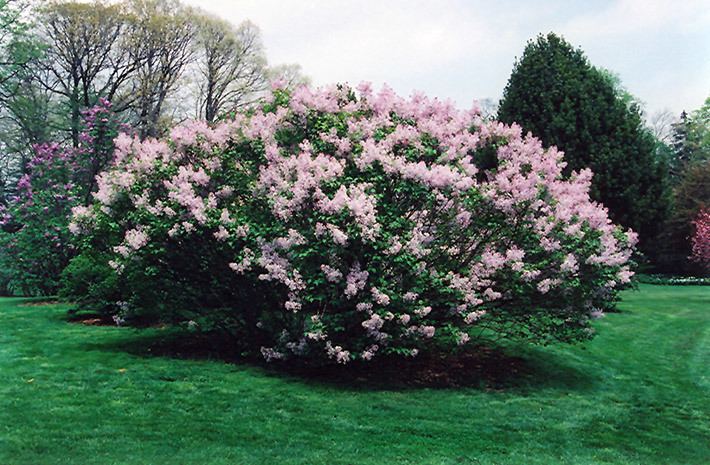
Description
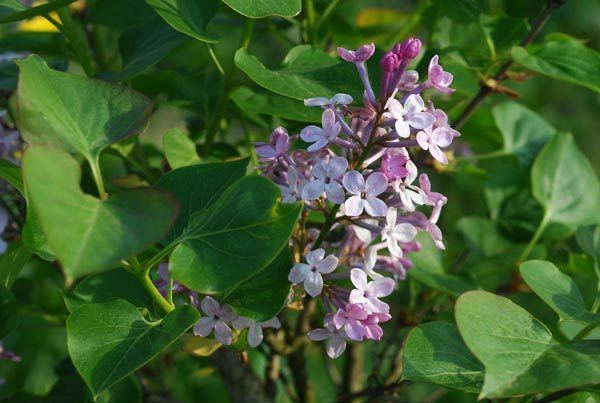
Similar to Syringa vulgaris, but flowers earlier and has very different leaves. Most commonly seen lilac species in China.

Habitat
Gravelly mountains, roadsides, stream banks, thickets, valleys, and woods. 100-2600m altitude.
Distribution
China: Gansu, Hebei, Henan, Heilongjiang, Jilin, Liaoning, Nei Mongol, Ningxia, Qinghai, Shaanxi, Shandong, Shanxi, and northwest Sichuan provinces.
Korea: Throughout.
Cultivation
Widely cultivated in most areas of China.
Many hybrids are cultivated throughout Europe and the Americas, including numerous cultivars of S. X hyacinthiflora.
Subspecies
Etymology
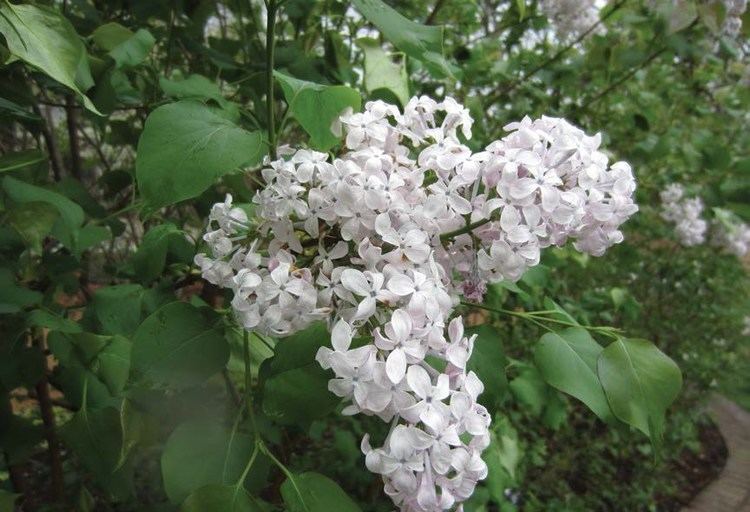
Oblata from the modern Latin oblatus, meaning 'somewhat flattened at the ends, oval, oblate'. Syringa is derived from the Greek word syrinx, meaning 'pipe' or 'tube'. Named for the use of its hollow stems to make flutes. In Greek mythology, the nymph Syringa was changed into a reed.
